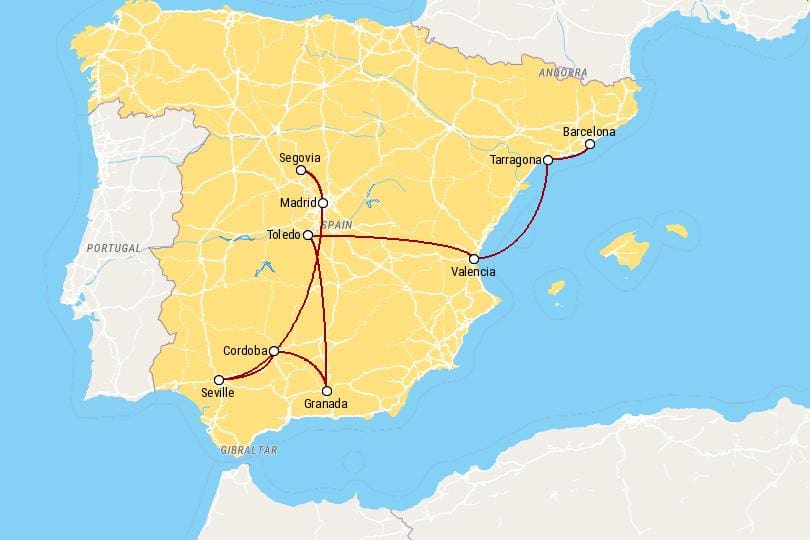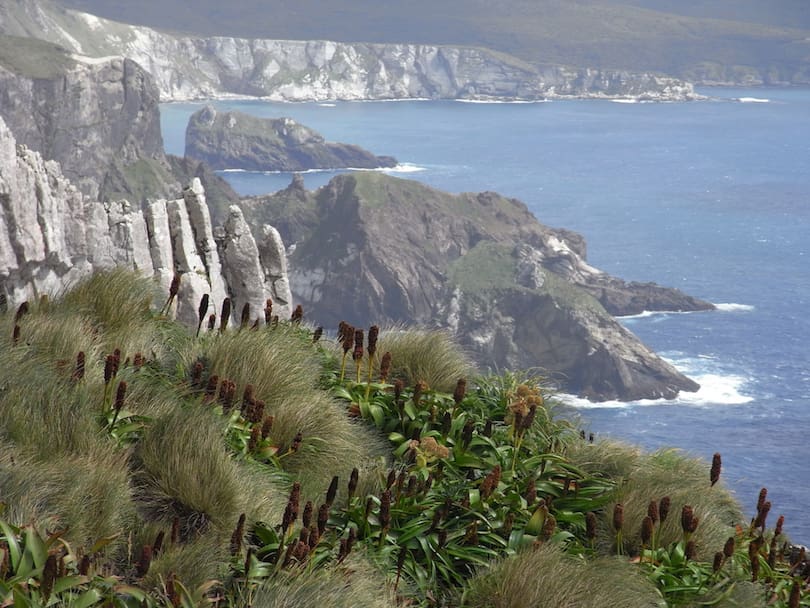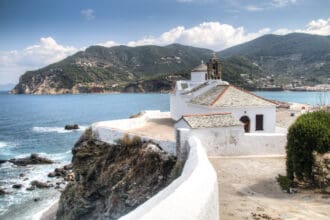Are you planning to spend two weeks in Spain but don’t know where to start or what to do? Look no further because this article has got you covered. Spain is a beautiful country with so much to see and do, and two weeks is the perfect amount of time to explore some of its most iconic cities, beaches, and historic sites. This article will provide you with a detailed itinerary on how to spend two weeks in Spain, including the best places to visit, where to stay, and what to do.
Day 1-3: Madrid
Start your two-week journey in the heart of Spain, Madrid. Spend the first three days exploring this vibrant and bustling city. Begin by visiting the Royal Palace of Madrid, the largest royal palace in Western Europe. Take a stroll through the Buen Retiro Park, a beautiful 350-acre park in the center of the city. Be sure to visit the Prado Museum, one of the world’s most famous art museums, housing works by artists such as Velázquez, Goya, and El Greco. And don’t forget to try some delicious Spanish cuisine, such as paella or tapas, at the many bars and restaurants throughout the city.
Day 4-6: Valencia
After Madrid, head south to Valencia, a city on the eastern coast of Spain. Spend the next three days exploring the beautiful beaches, parks, and historic sites of Valencia. Visit the City of Arts and Sciences, a futuristic complex that includes an opera house, an IMAX theater, and a science museum. Take a stroll through the Turia Gardens, a beautiful park built on the bed of a diverted river. And don’t forget to try the famous Valencian paella, a rice dish made with saffron, rabbit, and chicken.
Day 7-9: Barcelona
From Valencia, head further south to Barcelona, one of the most famous cities in Spain. Spend the next three days exploring the iconic landmarks and culture of Barcelona. Visit the Sagrada Familia, a magnificent church designed by the famous architect Antoni Gaudí. Take a stroll down Las Ramblas, a bustling pedestrian street filled with shops, restaurants, and street performers. Be sure to visit the Gothic Quarter, a historic district filled with medieval architecture and narrow streets.
Day 10-12: Seville
Next, head west to Seville, the capital of Andalusia. Spend the next three days exploring the historic city center, which is filled with stunning architecture, beautiful parks, and delicious food. Visit the Alcázar of Seville, a royal palace built in the 14th century, which is now a UNESCO World Heritage Site. Take a stroll through the Maria Luisa Park, a beautiful park that was the site of the 1929 World’s Fair. And be sure to try some delicious Andalusian cuisine, such as gazpacho or flamenquín.
Day 13-14: Granada
End your two-week journey in Granada, a city in southern Spain famous for its stunning Islamic architecture and historic sites. Spend the last two days exploring the Alhambra, a stunning palace and fortress complex built in the 13th century, which is now a UNESCO World Heritage Site. Take a stroll through the Albayzín, a historic neighborhood filled with narrow streets and whitewashed houses. And be sure to try some delicious Granadian cuisine, such as tortilla del Sacromonte or piononos.
Conclusion
Spain is an unforgettable experience that will leave you with memories to last a lifetime. From the bustling city of Madrid to the stunning Alhambra in Granada, there is something for everyone in this beautiful country. This itinerary provides a perfect guide to exploring some of the most iconic destinations in Spain and experiencing the rich culture and delicious cuisine the country has to offer. So, pack your bags, grab your camera, and get ready for an unforgettable adventure in Spain!
FAQs
- What is the best time of year to visit Spain?
- The best time to visit Spain is during the spring and fall months, when the weather is mild and the crowds are smaller.
- Do I need a visa to visit Spain?
- It depends on your nationality. Check with the Spanish embassy or consulate in your country to see if you need a visa.
- Is it safe to travel to Spain?
- Yes, Spain is a relatively safe country to travel to, but like any other country, it is important to be aware of your surroundings and take basic safety precautions.
- What is the currency used in Spain?
- The currency used in Spain is the Euro.
- What is the official language of Spain?
- The official language of Spain is Spanish, but English is widely spoken in tourist areas.







